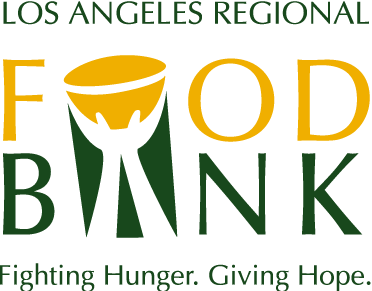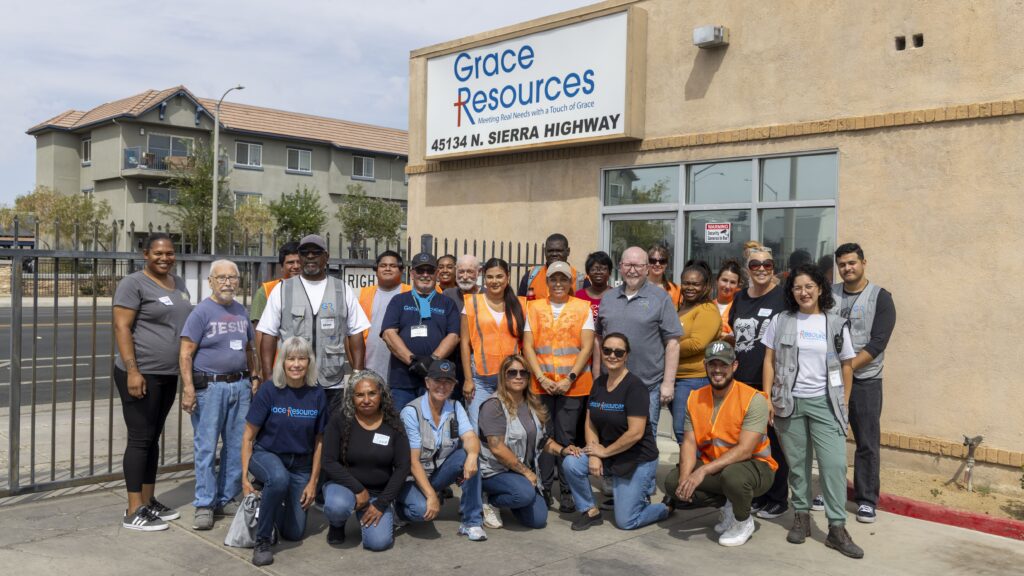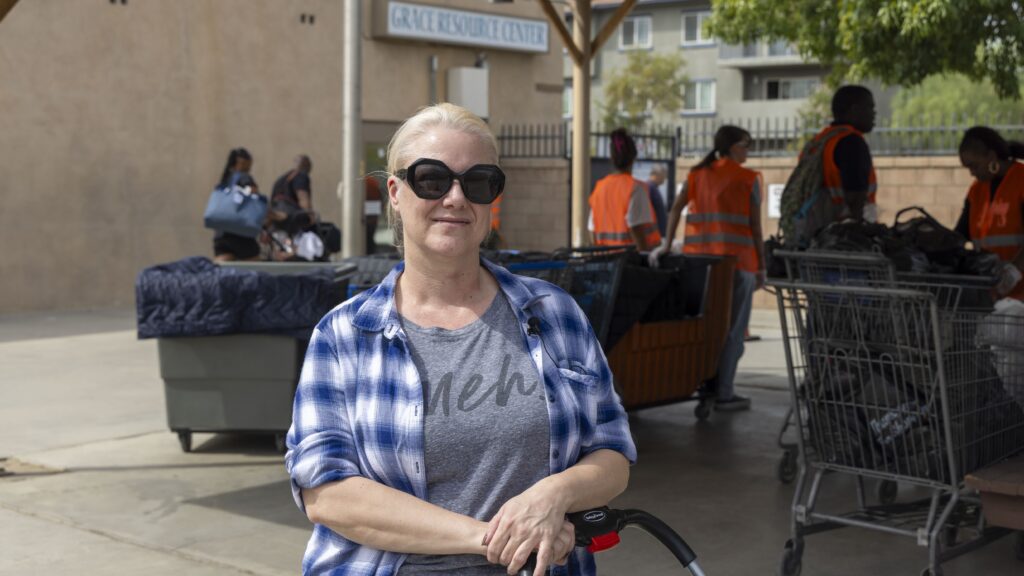7 Food Bank News Stories You Missed
7 Food Bank News Stories You Missed
In 2020 and 2021, the Los Angeles Regional Food Bank was in the headlines, as were may food banks across the country, due to the COVID-19 pandemic and the related economic fallout. Long lines of cars formed, sometimes stretching for miles, as people popped their trunks to receive food and nutrition assistance.
In 2022, food banks are back in the news as food insecurity among children, seniors, families and individuals becomes more concerning amid inflation. With the local unemployment rate decreasing from more than 20% at the height of the pandemic to the current 5% rate, the demand for food assistance was expected to decrease this year, but with the impact of inflation, the LA Regional Food Bank is now serving more people who are working – sometimes multiple jobs – and are struggling to make ends meet due in part to rising prices for food, fuel and other expenses.
Here are just a few of the many news clips that tell this story.
KNBC Discusses the Impact of Inflation on Food Insecurity
Multiple food recipients said the store prices are too high, and Debbie Decker, West Valley Food Pantry Executive Director, said that many people rely on the food they receive at these distributions.
March of 2022 was the largest month in food distribution for the LA Regional Food Bank since June of 2021, but the unemployment numbers were far more favorable in 2022. Still, because of the rising cost of everyday necessities, the need for food assistance remained high.
KTLA Visits the LA Regional Food Bank to Discuss the Need for Food Assistance Amid Inflation
Sam from the Boys and Girls Club, a partner agency of the LA Regional Food Bank, was picking up food at the time of Nancy Lu of KTLA’s visit and described how more people are coming for food, and he sees a lot of new faces.
Michael Flood, President and CEO of the LA Regional Food Bank, described how first-time food recipients struggle to make tough decisions and sometimes feel hesitant to visit a food pantry. On the food donations side, inflation and supply chain issues have disrupted the types of food that are typically available. For example, some protein items are more difficult to come by, and other commodity items that are donated might have to be purchased instead.
NBC Nightly News Visits Food Bank Partner Agency Loaves and Fishes
CBS Evening News Visits Friends In Deed, Parter Agency of the LA Regional Food Bank
Carter Evans visited Friends In Deed in Pasadena, another of the LA Regional Food Bank’s partner agencies. There, they met up with a 47-year-old who said that the paycheck just doesn’t go far enough. First, she takes care of bills, but it’s just not enough to cover everything.
Another interview that didn’t make the cut was with an older woman and her husband who said they had reduced their overall meals from three to two in order to make ends meet, and that is after the support provided by Friends In Deed.
ABC7 Teams Up With the LA Regional Food Bank and Stater Bros. for Feed SoCal 2022
Michael Goodman of Don Lee Farms presented donated food products at the “Stuff-a-Truck” event. Don Lee Farms, longtime supporter of the LA Regional Food Bank, donated a U-Haul truck full of grilled chicken patties, black bean burgers and other food items.
Interview with President and CEO Michael Flood on Spectrum News 1
In July, 2022, Spectrum News 1 interviewed Food Bank President and CEO Michael Flood who reflected on the wild ride over the past few years as it relates to food assistance. In 2020, he shared that the Food Bank was reaching about 1 million people each month. Then in 2021 that number was closer to 900,000, and in 2022 the average was 800,000. For context, before the pandemic, this number was 300,000.
Inflation hits the people helped by the Food Bank and our partners, but it is also impacting the Food Bank. Fortunately, only about 10% of the Food Bank’s inventory is purchased, whereas the majority is donated. Fuel, on the other hand, has increased markedly and has impacted the work of the Food Bank.
As far as the supply chain, some of the items that are typically available are not available, or the wait times are longer. We purchase locally, but some of our food comes from Washington, Idaho, etc. Supply chain issues are accelerating, but hopefully, they will improve in the coming months.
FOX11 Visits the Food Bank’s Los Angeles Warehouse During the All Star Legacy Project Volunteer Activity
These food kits are particularly important over the summer months when free school meals are not available. The Food Bank provides free summer meals, but these kits offer shelf-stable options that can be easily stored and distributed to families with young children.
In 2022, the summer was especially difficult coming out of the COVID-19 pandemic and amid rising prices.





